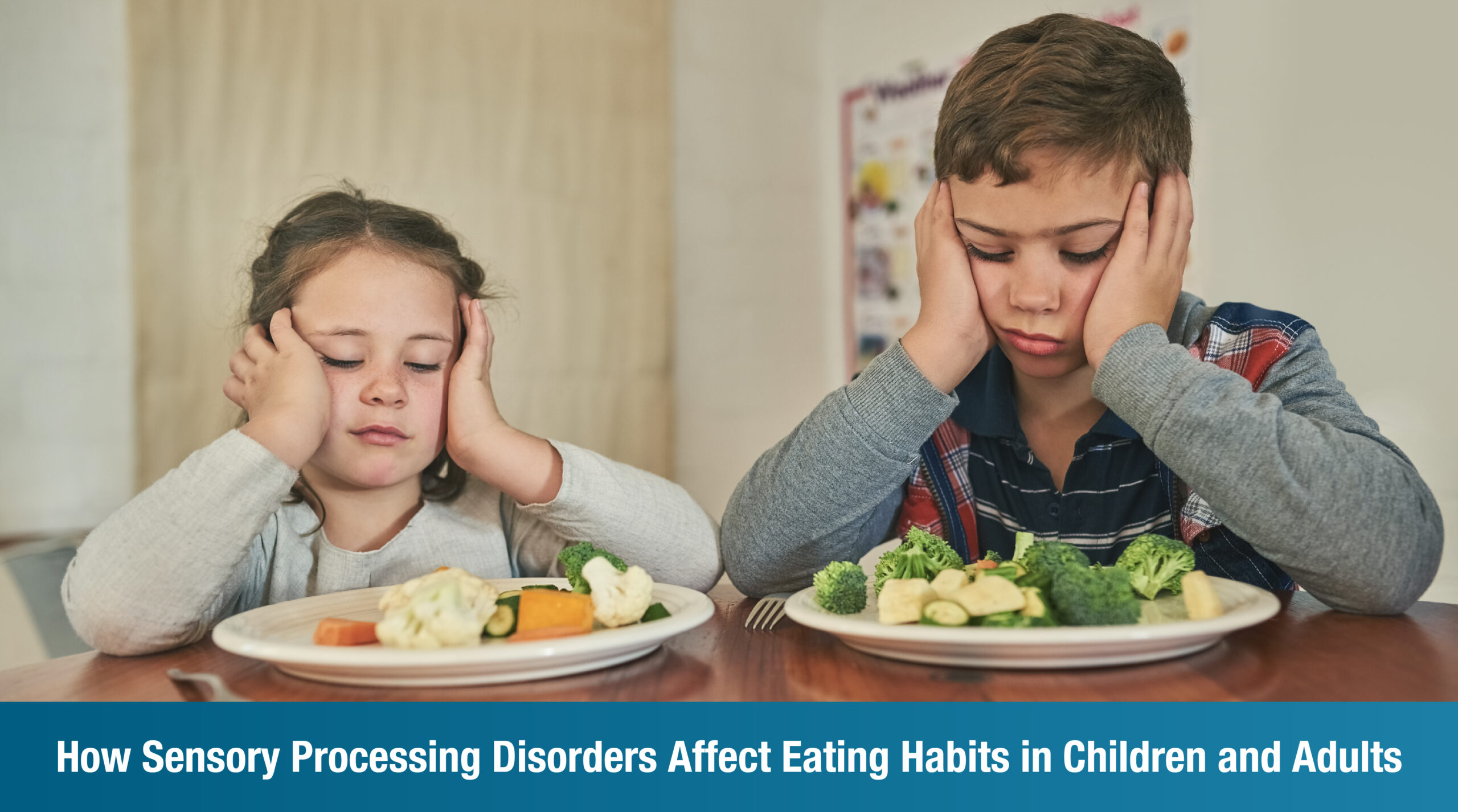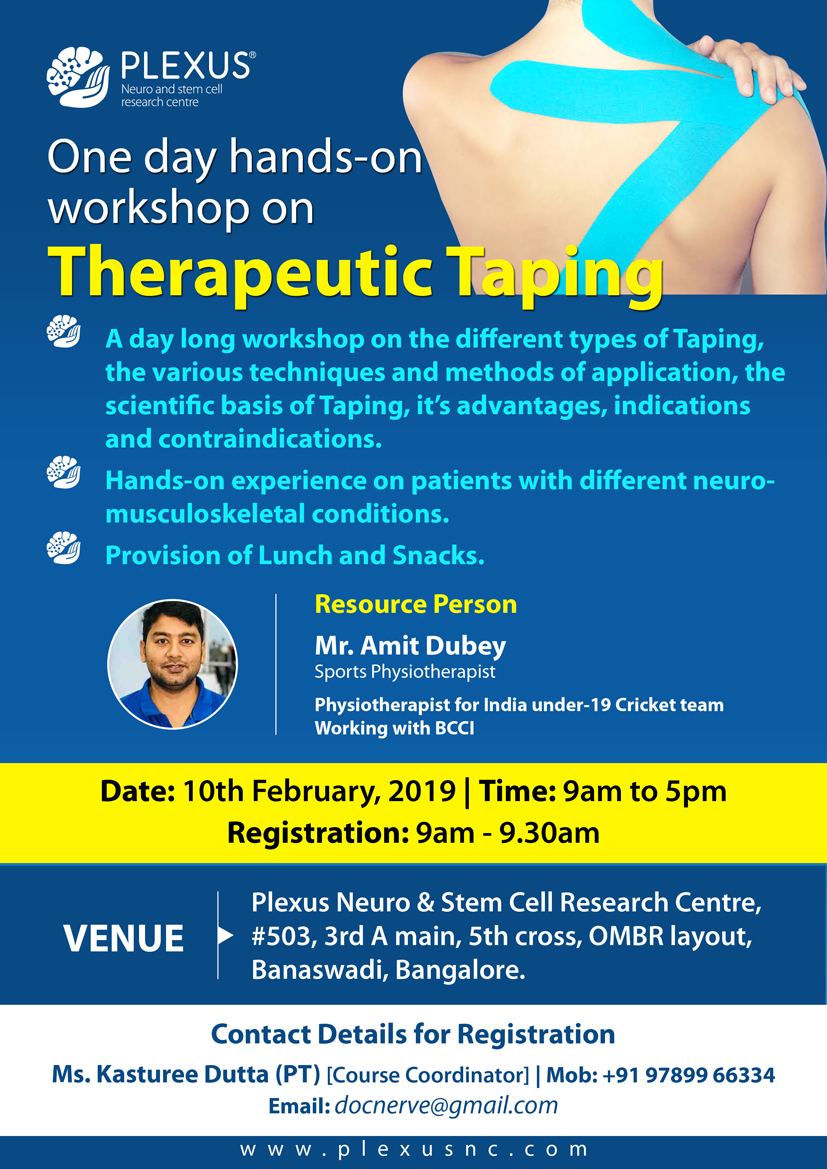
Food is often a source of comfort, celebration, and connection. But for individuals with Sensory Processing Disorder, eating can feel anything but simple. The textures, smells, and even the sounds associated with mealtimes can overwhelm the senses, leading to anxiety, aversion, and long-term nutritional issues. These aren’t just picky preferences—they’re real, diagnosable conditions that can disrupt everyday life for both children and adults.
In this blog, we explore the complex relationship between Sensory Processing Disorder and eating behaviors. From understanding what SPD is to how it manifests differently in adults and children, we’ll guide you through key insights, intervention options, and how Plexus offers holistic support to individuals and families dealing with sensory eating disorder challenges.
Understanding Sensory Processing Disorders (SPD)
What Is Sensory Processing Disorder?
Sensory Processing Disorder is a neurological condition that affects how the brain receives, interprets, and responds to sensory information. This can include touch, taste, smell, sound, and sight. Individuals with SPD may be overly sensitive (hypersensitive) or under-responsive (hyposensitive) to sensory stimuli, often leading to significant challenges in daily functioning.
Common Symptoms of SPD in Children and Adults
- Aversion to specific textures, sounds, or smells
- Difficulty wearing certain clothing or tolerating light touch
- Picky eating or refusal to eat
- Meltdowns in noisy or visually busy environments
- Trouble with coordination and balance
Differences Between Hypersensitivity and Hyposensitivity
Hypersensitive individuals may find normal sensations overwhelming, like the texture of certain foods or the noise of a bustling restaurant. Hyposensitive individuals, on the other hand, may seek out intense sensory experiences, leading to unusual eating behaviors like craving extremely spicy or crunchy foods.
The Connection Between SPD and Eating Disorders
How SPD Affects Taste, Texture, and Smell Perception
People with Sensory Processing Disorder often have heightened or dulled perceptions of taste, texture, and smell. This can result in extreme food preferences, avoidance of entire food groups, or difficulty trying new foods—symptoms often misdiagnosed as behavioral issues or traditional eating disorders.
The Role of Sensory Overload During Mealtimes
Mealtimes can be overwhelming for individuals with SPD. The clatter of utensils, strong smells, and even the sight of certain foods can trigger sensory overload, making eating an exhausting task instead of a nourishing one. This sensory stress can contribute to SPD and disordered eating patterns.
Differences in Eating Challenges Between Children and Adults
Children may show signs of sensory based eating difficulties early through selective eating, gagging, or meltdowns at mealtime. Adults, however, may develop coping mechanisms or eating habits that limit social experiences or nutrition. In both cases, unaddressed sensory eating disorder symptoms can lead to nutritional deficiencies and emotional distress.
Specific Sensory-Based Eating Difficulties
These may include:
- Avoidance of mushy, slimy, or mixed textures
- Extreme aversions to certain food temperatures
- Compulsive chewing or stuffing food in the mouth
- Preferring bland or predictable foods exclusively
Each individual’s experience is unique, making accurate diagnosis and personalized intervention critical.
Diagnosis and Treatment of Sensory Eating Disorders
Signs Parents and Caregivers Should Watch For
- Persistent picky eating beyond toddler years
- Stress or anxiety around food or mealtimes
- Weight loss or failure to gain weight
- Physical symptoms like gagging, vomiting, or food refusal
Role of Occupational Therapists and Multidisciplinary Teams
Occupational therapists trained in sensory integration play a key role in diagnosing and managing sensory eating disorder. They often collaborate with dietitians, pediatricians, and psychologists to form a holistic care plan tailored to each individual’s sensory profile.
Sensory Integration Therapy and Other Intervention Strategies
Therapies focus on gradually increasing tolerance to various textures and environments. Structured routines, exposure techniques, and family counseling are often part of the intervention plan. For complex cases, especially where SPD overlaps with neurological or developmental disorders, ongoing research in cellular therapy—such as autologous bone marrow mononuclear cell grafting—offers hope for long-term neuroregulatory support. While not a frontline intervention for SPD, such therapies open new possibilities in treating associated neurodevelopmental challenges.
How Plexus Can Help
At Plexus, we specialize in personalized neuro-rehabilitation for both children and adults. Our multidisciplinary approach includes sensory integration therapy, behavior modification, and dietary consultations—designed to address the root of sensory based eating difficulties. We create a safe, supportive environment that helps individuals overcome challenges and rediscover the joy of mealtimes.
WhatsApp: +91 89048 42087
📍 Hyderabad: +91 78159 64668 | Bangalore: +91 93555 33404
FAQs
What are sensory-based eating difficulties?
These refer to challenges with eating due to heightened or reduced responses to sensory inputs like taste, texture, or smell. Individuals with SPD and disordered eating may avoid foods, prefer specific textures, or show distress during meals.
Can adults develop sensory eating disorders later in life?
Yes. While often identified in childhood, sensory eating disorders can persist or even emerge in adulthood, especially after trauma or neurological changes.
What foods are often problematic for children with SPD?
Common triggers include mushy foods (e.g., bananas), mixed textures (e.g., casseroles), strong smells (e.g., cheese), or foods with unpredictable consistencies (e.g., yogurt with fruit chunks).
How is SPD-related eating difficulty diagnosed?
Diagnosis typically involves a combination of developmental history, behavioral observation, and standardized sensory processing assessments conducted by specialists like occupational therapists.
Can therapy really improve eating behaviors in SPD individuals?
Absolutely. With consistent therapy, many individuals show marked improvements in food tolerance, nutritional variety, and overall comfort during mealtimes.
Sensory Processing Disorder doesn’t have to dictate your or your child’s relationship with food. At Plexus, we believe with the right support, even the most complex sensory eating disorder can be managed.
About the Author
Dr. Kanishka Sharma, MOT
Senior Occupational Therapist & Head of Rehabilitation
Dr. Kanishka Sharma is an experienced occupational therapist specializing in neurological, musculoskeletal, and pediatric rehabilitation. With over a decade of clinical expertise, she leads the Rehabilitation Department at Plexus. She holds a BOT and MOT from Manipal University and is certified in splinting and assistive device design. She is also a certified aquatic therapist with great interest in harnessing the power of aqua therapy to improve therapeutic outcomes.
Passionate about restoring independence, Dr. Kanishka takes a family-centered approach to therapy — working closely with patients and caregivers to set meaningful goals and achieve lasting outcomes.










